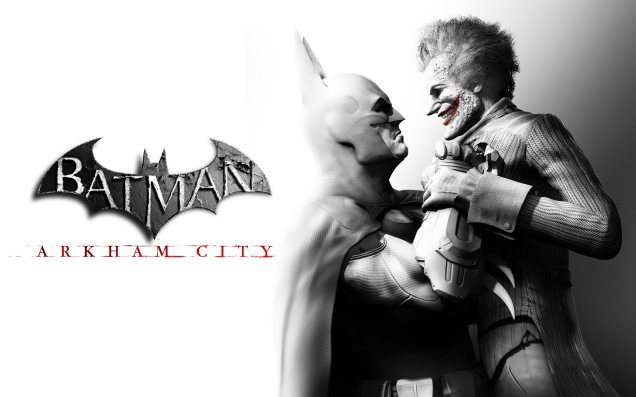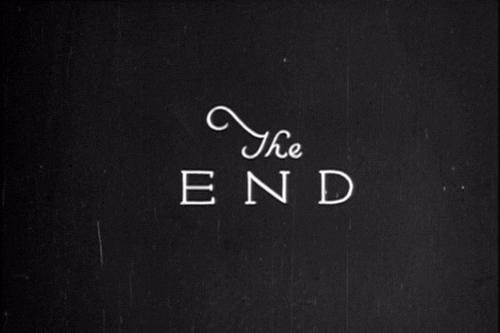Video games use sound in a completely unique fashion, compared to other forms of visual entertainment, like film or theatre. Games can use sound to evoke a strong feeling or emotion in the player; to tell the player that an enemy is nearby; to greatly enhance scenes of action; to create an overwhelmingly powerful soundtrack that gives the game an unforgettable atmosphere; to increase the realism of the game with foley sounds; or just simply to show the hunger of your character, with a cute little tummy rumble. The use of sound in games is extensive, unique and most importantly, can be immensely enjoyable.
A game’s soundtrack plays a big part in the game’s atmosphere, and therefore the player’s experience. Like, where would Super Mario (1985) be without its iconic theme song that gamers young and old can recognise in an instant?
This dangerously catchy 8-bit song uses extremely simple, high-frequency sounds to create a very happy sounding tune, which gives the listener the sense that this game is just going to be a pleasant, fun little adventure. But partway through the song, the non-diegetic sound effect of Mario sliding down a pipe is heard and the music is suddenly made up of much lower frequency sounds, which instinctively tells the listener that there is danger in this invisible plane. This is achieved solely through the use of sound. The pipe sound is then heard again, and the music instantly sounds much happier, with higher frequency sounds which tell the listener that they have escaped the danger.
It’s kind of amazing just listening to this song because the sound design is so masterful that you can almost see the action depicted in the music in your mind’s eye. In a way, I guess it’s like the music is telling a story. It’s so damn cool.
That was a very simple, early type of soundtrack, but video game music has evolved just a tad since then…

Bloodborne (2015) is a victorian-gothic horror game set in a fantasy dystopian version of London, where almost everyone is afflicted with a terrible disease, and lethal terrifying monsters hide behind every corner. The terrifying setting is perfectly replicated in its soundtrack, which is created by a large orchestra, which creates an amazingly unnerving and eerie atmosphere and gives the player the sense that a horrific beast could jump out at any time. The sound designers chose to leave out certain instruments, like woodwind and trumpets, to make the atmosphere “black and withered”.
In the video above, the piece starts out with light stringed instruments, and soft low amplitude high frequency female vocals, which sounds almost angelic; this invokes a sense of epic mystery in the player, and that whatever foe they are up against at this point in the game is so important and powerful that it sounds like even the heavens are singing about it. The amplitude slowly increases, and more and more instruments join in, as it crescendos, and spectacularly goes from angelic, to very threatening and scary, but it is also in a minor key, so has a really sad feel to it; it is if this beast has some kind of underlying, horrific and sad trait or backstory that has just been unveiled to the player.
Although different in pretty much every way, the soundtracks of both Super Mario and Bloodborne both masterfully create an enthralling atmosphere and experience, and are made so well that they allow the player and or listener to almost see the game being played in their mind’s eye. This just goes to show what beautiful feats can be achieved in games, with music alone.
But it’s not just the soundtrack that creates the soundscape of a game, it also needs foley sounds; which were named after the sound designer Jack Foley. They are the every day in-game diegetic noises that you would expect to hear, like the rustle of bedsheets when a character gets out of bed, or the squeaky door as your character groggily stumbles out of their bedroom in a sleepy stupor; or even your character’s gun firing, as they find that the world has been overrun by zombies. Although the player probably won’t notice these sounds, they are vitally important to add to the realism of a game (if the game designers want to achieve a realistic effect, that is); and without them, the game would feel empty, like there was something vitally important missing.

Batman Arkham City (2011) is set in the Batman universe, where Gotham’s slums have been converted into a city-wide prison, where the inmates are allowed to do as they please. When Batman is kidnapped and dumped there, he takes it upon himself to seek out The Joker.
The game devs hired the best Hollywood foley artists in the world to create the most immersive experience that they possibly could.
I could ramble on and on about all of the meanings of every single foley sound in here, but for your sake, I won’t, and I will try to keep it relatively short.
The clip begins with Batman walking down a grim corridor. The foley sounds here are Batman’s low-frequency footsteps; they will have been added in post-production and were probably made by recording someone walking on a hard surface, with a reverberation effect added, to make the footsteps sound like they’re echoing through the seemingly empty, uninhabited building. This might give the player feelings of longing, feeling like they are alone in this empty building, but because the footsteps sound very purposeful, they could also give the player a sense of power, and purpose. But as Batman nears his objective, the footsteps are almost drowned out by other foley sounds, like steam, which subconsciously tells the player that this scene is important, as its sounds overpower Batman’s; this might also allude to the prospect that Batman is weaker than the enemy that he is about to face, as even his foley sounds are killed off by his foe’s.
At about 7:25 mins into the clip, Batman starts pummeling Dr Freeze’s visor and head. These sounds were created by the legendary foley artist John Roesch, who has worked on over 540 films and games, including Micheal Jackson’s “Thriller”. Roesch said that for the face punches, Dr Freeze is “stuck within this robotic, confining type outfit”, so Roesch made these sounds by stuffing a rollerblade boot inside of a ski helmet and hitting it with a hammer. These low-frequency sounds reflect the powerful, relentless brutality of Batman’s punches and the mixture of suit and flesh that his fists are connecting with.
All of this meaning can be derived from just a couple of relatively simple sounds, which clearly demonstrates the power and necessity of foley artists’ work in games.
The ambience is basically just background sound; it’s the sounds that you would hear if you just stopped and listened to the world around you.

Firewatch (2016) is an open world exploration game, where you traverse dense forests and sparse mountains alike, and your only companion is a stranger on the other end of a radio, therefore the majority of the game is spent exploring the lush environment alone. You can imagine just how important ambience is in this game. The attention to detail in the captivating environment and the relaxing soundscape almost make the world in this game feel truly alive.
This is a 1-hour long clip of the start menu, which is comprised of only the character’s home, a start button, and some extremely relaxing ambience. One of the main jobs of a start screen is to tell the player what kind of experience they’re going to have, and this does it perfectly: the high frequency sounds of the whistling wind tell the player that they will face harsh environmental challenges, but the wind isn’t extremely powerful so they won’t be too hard. The occasional high amplitude and high-frequency squawk from a bird tell the player that there will be a prominent aspect of animals and nature. The low amplitude sound of the flag flapping in the wind is always just about audible over the howling wind, which shows that the main element of this game is nature but beneath, there is still the ever-present human focus of the story. The whole effect that this has on the player is, at its simplest, relaxation.
It is a game about relaxing and losing yourself in the world, and I think that even the title screen captures the soul essence of this game with its skilful use of ambient sound.
And finally, last but not least, the member of the sound family that can make or break a game is dialogue. Even if a game has amazing graphics, a great story and an epic soundtrack, but has bad voice acting it can put the whole game out of joint. But if the voice acting is done well, it can make a good game a great game, by bringing the characters and their personalities to life.

Life is Strange (2015) is a game where you play as Max, an introverted photography college student, who finds that she can rewind time. She and her childhood friend Chloe have a week to try to stop a tornado destroying their hometown, Arcadia Bay. But the main focus of the game is the rekindled friendship between Chloe and Max.
Although the dialogue in this game is famous for being cringy, doing a bad job at trying to imitate how teenagers speak, it is also known for having great voice acting, especially for Chloe (the blue-haired one).
Ashley Burch, Chloe’s voice actor, in my opinion perfectly brings out Chloe’s rebellious, sarcastic and really pissed-off personality through the use of her voice. Because Burch’s personality is similar to Chloe’s, I think that she embraced the role, which really helped to bring Chloe to life. Her voice alone was such an iconic part of the game, that when they made the second game and used someone else to voice Chloe, there was a big, disappointed backlash from the large fanbase.
I think that Max’s voice actor, Hannah Rebecca, also does a really good job of bringing her character’s shy, introverted and artistic personality to life. She mostly keeps Max’s voice in the low amplitude range, which reflects the shyness of her character.
The contrasting aspects of both the characters’ personalities and voices make for a really interesting and entertaining game, seeing the differences between them unite into an engaging friendship, which struck a chord with the players.
This just shows what good voice acting can do for a game and therefore the critical importance of it.

So that, ladies and gentlemen, was my best attempt at showing you all how goddamn amazing sound can be in video games, and the dizzying amount of intricate meanings that the incredible sound designers put into their deliciously wonderful soundscapes… if done well, that is.
Research:
https://www.theguardian.com/technology/2014/apr/08/computer-gaming-audio-lucy-prebble
https://blog.us.playstation.com/2015/05/18/the-story-behind-bloodbornes-haunting-soundtrack/
https://www.nerdreport.com/2015/02/05/foley-games/
https://en.wikipedia.org/wiki/Batman:_Arkham_City#Plot
https://www.imdb.com/name/nm0736430/